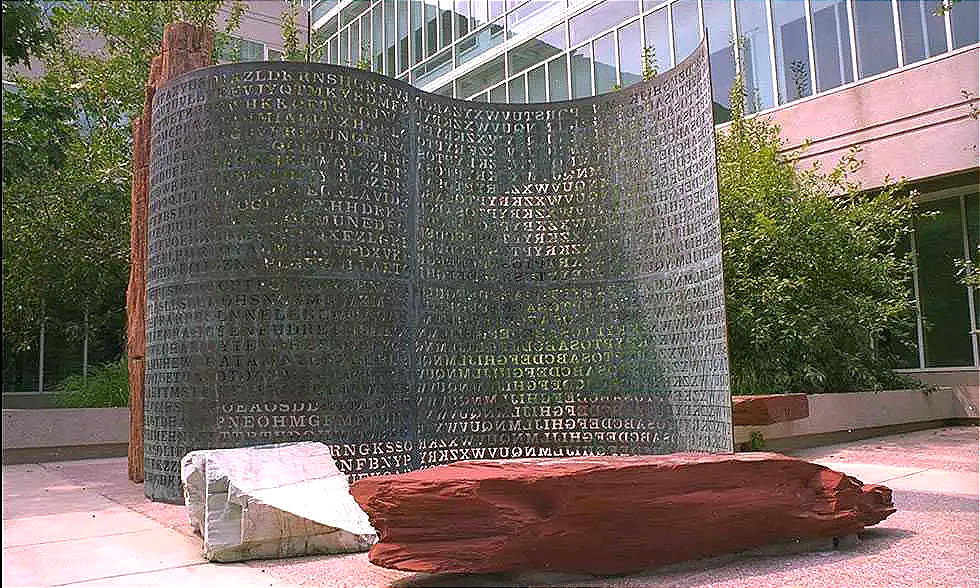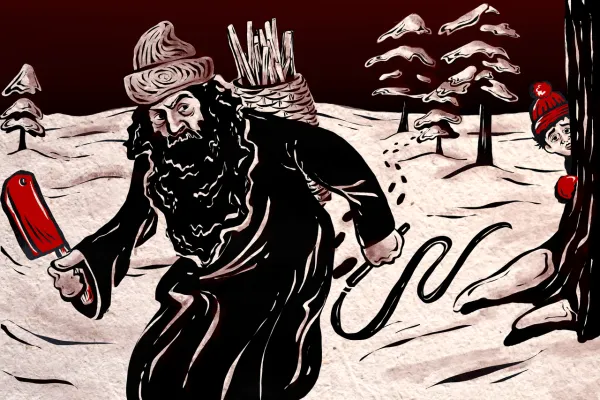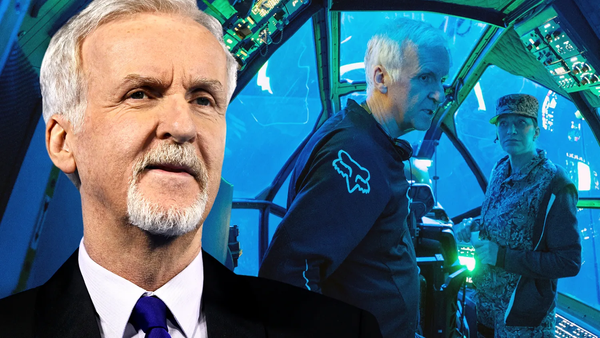Muslim families hold the keys to Jerusalem's famous church

The Church of the Holy Sepulchre in Jerusalem is one of the most important spiritual sites for Christians, so it may come as some surprise that the keys to the church are entrusted to the care of two Muslim families. This tradition dates back several centuries and was reportedly instituted by Saladin, the founder of the Ayyubid dynasty, who expelled the Christian Crusaders from Jerusalem. According to the historical record, two Muslim families have been entrusted with the care of the church for over 850 years. The keys, which were created on July 15, 1149, were entrusted by the legendary Ayyubid Sultan Saladin to two Muslim families in Jerusalem. On February 10, 1187, Saladin designated the Joudeh Al-Husseini family as the only rightful keeper of the keys and authorized the Nuseibeh family to operate the doors. (via Greek Reporter)
The solution to a famous cryptographic puzzle has been sitting in a library for ten years

For 35 years, the world’s most sophisticated minds have attacked Kryptos, a sculpture at CIA headquarters, with everything in the cryptographic arsenal. Computer scientists deployed algorithms, and obsessives spent decades analyzing letter frequencies, transposition matrices, and polyalphabetic substitutions. They all failed to solve the final 97 characters carved into the sculpture’s copper sheets. Then last month, two journalists cracked it in one evening using a powerful tool in intelligence gathering: asking a librarian for some boxes. When Jarett Kobek, reading the auction announcement for Jim Sanborn’s planned sale of the solution, noticed a throwaway line about “coding charts” in the Smithsonian archives. He asked his friend Richard Byrne to request the boxes. Byrne spent September 2nd photographing papers. Sanborn had accidentally included them when archiving his materials a decade earlier. (via Why Is This Interesting)
In the early 1900s millions of people got a brain disease and we still don't know why

Encephalitis lethargica or "sleepy sickness" was first described in 1917. The disease attacks the brain, leaving some victims in a statue-like condition, speechless and motionless. Between 1915 and 1926, an epidemic of encephalitis lethargica spread around the world. The exact number of people infected is unknown, but it is estimated that more than one million people contracted the disease during the epidemic, which directly caused more than 500,000 deaths. Approximately a third of the affected children experienced change of behavior, with many of them becoming "delinquents". Boys between the ages of 5 and 18 years were the most affected. Symptoms included change of personality, restlessness, irregular sleeping habits, emotional instability manifesting as irritability, crying spells, and temper tantrums, including impulsivity, and unpredictability. More extreme cases included aggression and "shameless sexual activity". The causes of encephalitis lethargica are uncertain. (via Wikipedia)
Hi everyone! Mathew Ingram here. I am able to continue writing this newsletter in part because of your financial help and support, which you can do either through my Patreon or by upgrading your subscription to a monthly contribution. I enjoy gathering all of these links and sharing them with you, but it does take time, and your support makes it possible for me to do that. I also write a weekly newsletter of technology analysis called The Torment Nexus.
IKEA isn't just buying wood for its furniture it's spending billions to acquire entire forests

The largest IKEA franchisee is buying €720 million ($840 million) worth of forest land in Latvia and Estonia in its biggest such acquisition to ensure a well-managed source of sustainable raw material for its furniture. Ingka Investments, the investment arm of Ingka Group, is buying about 153,000 hectares (380,000 acres) of land from Sweden’s forest owners’ association Sodra, according to a statement on Monday. Just under 90% of the area is covered by woods. Ingka said that the purchase aligns with its long-term strategy to invest sustainably and strengthen local value chains.The company seeks to take “a generational view” of both forest management and IKEA’s renewable material supply, Managing Director Peter van der Poel said. The plan is to partner with Baltic sawmills and panel manufacturers to process wood regionally. Ingka Group, which operates IKEA stores in 31 markets and accounts for 87% of global IKEA retail sales, already manages 331,000 hectares of forest land in seven countries. (via Bloomberg)
Mark Twain wrote the first book ever written with a typewriter

Mark Twain, otherwise known as Samuel Clemens, wrote in his 1904 autobiography that his first novel written on a typewriter — the first typewritten novel at all — was Tom Sawyer. Was this so? Twain purchased his first typewriter in 1874 for $125. In 1875, he writes in a letter to the Remington company that he is no longer using his typewriter; it corrupts his morals because it makes him want to swear. He gives the infernal machine away, twice. It returns to him each time. The year after Twain’s moral trouble with his Remington, Tom Sawyer is published from handwritten manuscript, not typed. Then, seven years later, Life on the Mississippi (1883) comes to the publisher in typescript. Twain did not type it himself—he had presumably renounced the act—but he dictated the memoir to a typist from a handwritten draft. Now, I can hear you quibbling… Life on the Mississippi isn’t a novel at all! Well, okay, fair enough. Let’s just say it’s the first typewritten book and call it a day, eh? (via Open Culture)
Chinchillas enjoy rolling in the dust

Acknowledgements: I find a lot of these links myself, but I also get some from other newsletters that I rely on as "serendipity engines," such as The Morning News from Rosecrans Baldwin and Andrew Womack, Jodi Ettenberg's Curious About Everything, Dan Lewis's Now I Know, Robert Cottrell and Caroline Crampton's The Browser, Clive Thompson's Linkfest, Noah Brier and Colin Nagy's Why Is This Interesting, Maria Popova's The Marginalian, Sheehan Quirke AKA The Cultural Tutor, the Smithsonian magazine, and JSTOR Daily. If you come across something interesting that you think should be included here, please feel free to email me at mathew @ mathewingram dot com



